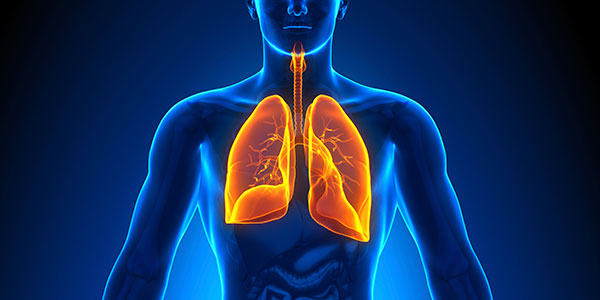Lung cancer is the type of cancer that causes the most death in both men and women. In 2012, 1,6 million of 1,8 million diagnosed lung cancer patients died. Lung cancer, a rare type of cancer at the beginning of the 20th century, has increased rapidly in line with the increase in cigarette consumption; Lung cancer is responsible for 12.8% of all cancer cases and 17.8% of cancer deaths. Lung Cancer is an important problem for our country as in the whole world. While there are 34,000 new lung cancer diagnosed in our country in 2013, the total number of cases is around 59,000. The number of patients who die due to lung cancer annually is around 21,000.
Risk factors
Cigarette, cigar, pipe (tobacco) consumption: it is the most important risk factor in lung cancer development. 90% of cigarettes are responsible for the development of lung cancer. Lung cancer develops 10-30 times more in smokers than non-smokers. The age to start smoking, the duration of smoking, the number of cigarettes smoked and the type of tobacco and cigarette (filtered, unfiltered, cigar, low tar and nicotine content, etc.) affect the risk of developing lung cancer. Exposure to cigarette smoke has also been shown to increase the risk of cancer. For this reason, the most important point in the fight against lung cancer is to prevent the start of smoking and to allow smokers to quit.
Other risk factors
Having radiotherapy, especially in patients with lymphoma and breast cancer
Living in industrial areas and large cities, exposure to environmental toxins; asbestos, metals (nickel chromium arsenic) radon gas, polycyclic aromatic hydrocarbons, radiation. Especially, asbestos exposure increases the risk of lung cancer 5 times, while smoking is 50-100 times. Radon gas increases the risk of lung cancer by 11%. The main source of indoor radon gas is the soil and rocks at the foundation of the building.
In the disease called pulmonary fibrosis, which progresses with the deterioration and hardening of the structure of the lung tissue, the risk of developing lung cancer increases 7 times. In diseases such as tuberculosis, the risk of developing cancer in this wound area is higher than in normal tissue.
Genetic factors; Increased risk of being seen in patients with lung cancer in their family. The risk of lung cancer is 2.7 times higher in non-smokers with first degree lung cancer.
Complaints
The most common symptoms are cough, blood spitting, chest pain, weakness, anorexia and shortness of breath. Cough occurs in 50-75% of lung cancer patients.
Other than that, if spread to another organ of the body that may occur findings related to that organ.
In the presence of severe bone pains, bone metastasis; balance disorder, constant headache epileptic seizure consider as brain metastasis.
Is Early Diagnosis Possible?
The disease may not cause a major complaint until it reaches an advanced stage; it usually shows a sneaky course. In the advanced stages, the chance of treatment is very low.
5-year survival rates is around 10-15% for diagnosed patients.
The most important reason for this is 70% of the cases can be diagnosed in stage 3 or 4, in the advanced stage.
Whereas the average 5-year survival rate of the patients detected in stage 1 is 73%, this rate increases up to 90% in patients with stage 1 less than 1 cm.
As the age progresses, the chance of the disease increases. About 80% of diagnosed lung cancer cases are between the ages of 55-77.
It was observed that lung radiography controls and sputum examinations were not effective enough for early diagnosis. Studies have shown that smokers and people over 55 years of age, even if they do not have any complaints, undergo low-dose lung tomography examinations every year (from the age of 50 if there is a family history of lung cancer or previous disease in the lung) and reduces mortality rates by 20%. It is shown. However, research is ongoing for “effective early diagnosis methods”.
Diagnosis
In the diagnosis of lung cancer; with radiological methods such as chest radiography, computed tomography, pet CT examination, the region with suspected cancer is detected. However, pathological examination of the biopsy sample taken rather than imaging is essential for diagnosis. For this reason, needle biopsy from the chest wall, draining fluid from the lung membrane, bronchoscopy and surgical methods can be tried to obtain tissue. In addition, methods such as pet ct and cranial MRI should be used to reveal the spread of the disease in the body.
Treatment
It is important that lung cancer treatment be carried out in centers with thoracic surgery, thoracic diseases, oncology, radiation oncology, pathology and adequate auxiliary healthcare units.
The earlier the disease is caught, the higher the chances of treatment. The main approach in treatment is to completely remove the cancerous tissue by surgery.












